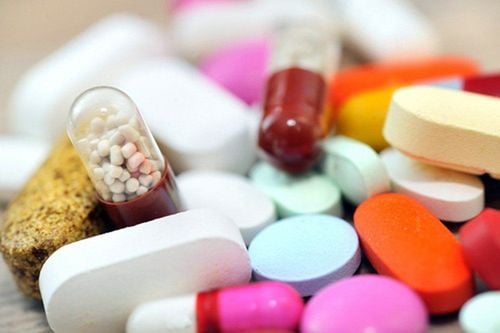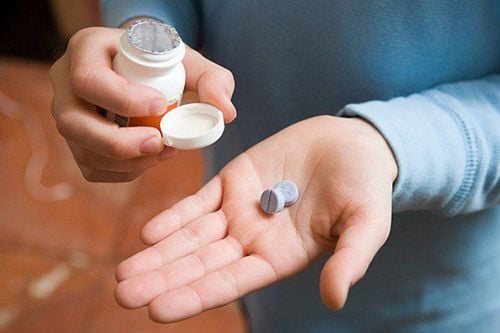This is an automatically translated article.
The article was written by Specialist Doctor II Phan Phi Tuan - Dean and Doctor Nguyen Xuan Tinh - Department of General Surgery - Vinmec Phu Quoc International General Hospital.
In urinary tract infections, bacteria can enter by many different routes such as retrograde from the urethra, lymphatic route, bloodstream and sometimes by the medical procedure itself. However, our body also has many defense mechanisms against this condition. When diabetes is long-term, the resistance mechanisms against infections are also reduced such as decreased secretion tone, nerve disorders in the bladder causing urine stagnation.... and when the blood sugar infection increases again aggravate pre-existing diabetes.
1. Complications of diabetes on urinary tract infections
Scary complication of urinary tract infection in diabetic patients is papillary necrosis due to blockage of renal artery, causing ischemia of renal spine, causing papillary necrosis. The above necrotic parenchyma can be eliminated by the urinary tract, but sometimes it is also blocked, causing fluid retention, which aggravates both infection and papillary necrosis.
Situation of papillary necrosis often has some symptoms such as: oliguria or anuria due to obstruction of the renal excretory tract, sepsis, severe pyelonephritis. Sometimes the presentation is milder with low back pain, mild hematuria and gradual decline in renal function.

Bệnh cảnh hoại tử gai thận
Another dreaded form is gas-producing pyelonephritis. About 90-95% of patients have diabetes (especially patients with uncontrolled blood sugar). The bacteria that ferment sugar produce gas and cause inflammation and necrosis of kidney tissue very quickly, leading to infection and systemic toxicity. The disease progresses silently but becomes severe quickly (stages III, IV), has a very high risk of death (about 60 - 70%), especially if there is no emergency nephrectomy and prompt resuscitation. .
In addition, the patient may have a milder clinical form, similar to a urinary tract infection in a normal patient with the following manifestations:
Frequent urge to urinate. Pain in the bladder or urethra when urinating. Urine is cloudy or red in color. Women feel pressure above the pubic bone. Men feel fullness in the rectum. However, things get worse very quickly if we are not vigilant. Therefore, when there are symptoms of urinary tract infection as above in patients with diabetes, it is necessary to quickly seek medical attention and have appropriate treatment.

Người bệnh xuất hiện triệu chứng đau rát bàng quang
2. Treatment of urinary tract infections in diabetic patients
Common urinary tract infections can be treated with antibiotics and most patients clear up within a few days of treatment. For more severe cases such as an upper urinary tract infection, antibiotic treatment can last up to several weeks. For conditions such as pyelonephritis - severe pyelonephritis, the possibility of nephrectomy should be considered to save the patient's life.

Sử dụng kháng sinh điều trị nhiễm trùng đường tiết niệu
3. Backup method
Stable blood sugar control is essential to limit the growth of bacteria, helping to prevent urinary tract infections. Besides, some notes in daily activities such as drinking more water, urinating whenever you want to go, urinating after sex, exercising, losing weight if you are obese... also are effective prevention methods.
SEE ALSO:
Guidelines to prevent kidney complications in patients with diabetes How complicated is diabetes? Urinary tract infection during pregnancy: Causes, signs, and ways to prevent it














